When you're shopping for a processor, you often come across terms like core count, threads, TDP, and process technology. At first glance, these seem like separate concepts, but in reality, they are closely connected and collectively determine the performance of the CPU. Today, we’ll break down how they interact and why they matter.

TDP – Thermal Design Power
TDP stands for "Thermal Design Power." In simple terms, it refers to the maximum amount of heat a CPU can generate under full load. This is crucial because it helps manufacturers design cooling solutions, such as heatsinks and fans, that can effectively manage the heat output. It's important to note that TDP is not the same as actual power consumption—it’s more about thermal management. A higher TDP usually means the CPU can handle more workload, but it also requires better cooling systems.
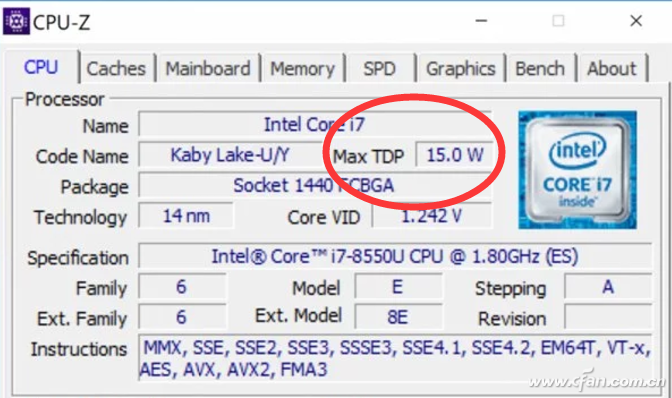
Process Technology
Process technology refers to the size of the transistors on a CPU chip. The smaller the process (like 14nm or 10nm), the more transistors can fit into the same space, leading to better performance and lower power consumption. As semiconductor manufacturing advances, each new process allows for more efficient chips—both in terms of speed and energy usage. This is why newer CPUs tend to be faster and cooler than their predecessors.
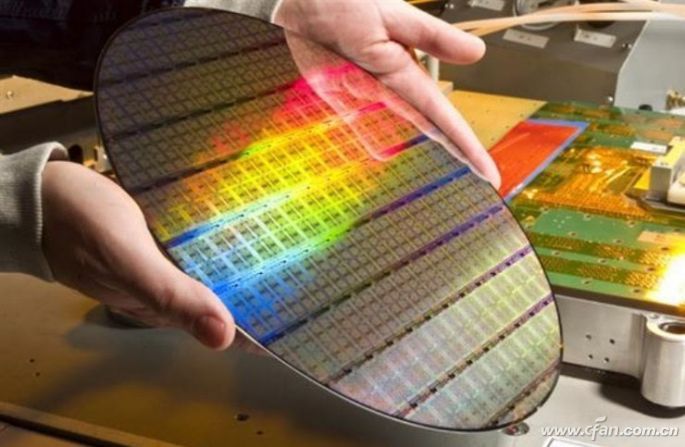
Cores and Threads
A CPU core is the central processing unit within the chip, responsible for executing instructions. More cores mean the CPU can handle multiple tasks at once, which is especially useful for multitasking and complex applications. Threads, on the other hand, allow each core to handle more than one task simultaneously. So, a 4-core, 8-thread processor can perform twice as many operations as a 4-core, 4-thread one, improving overall efficiency.
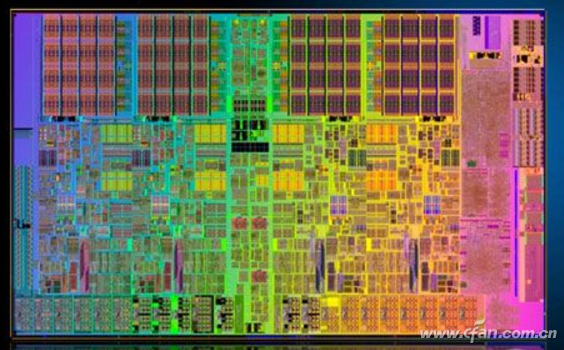
Let’s take a closer look at two processors: the 7th generation Core i7-7500U and the 8th generation Core i7-8650U. While the 8650U has double the cores (4 cores, 8 threads) and twice the cache, its base clock is actually lower. Why? Because more cores increase power consumption, so the frequency had to be adjusted to stay within the 15W TDP limit. But don’t worry—the boost clock is much higher, helping maintain strong single-core performance.
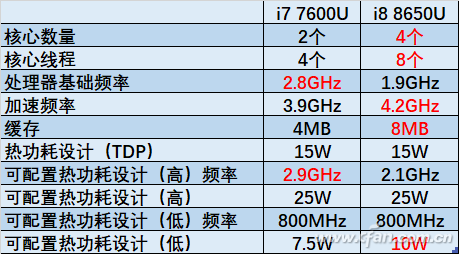
The key here is the process technology. The 8th-gen Core uses an improved 14nm process, allowing more transistors in the same space while keeping power consumption low. This makes it possible to have more cores without overheating. Even though Intel is still using 14nm, their advanced manufacturing techniques make it competitive with other companies’ 10nm processes.
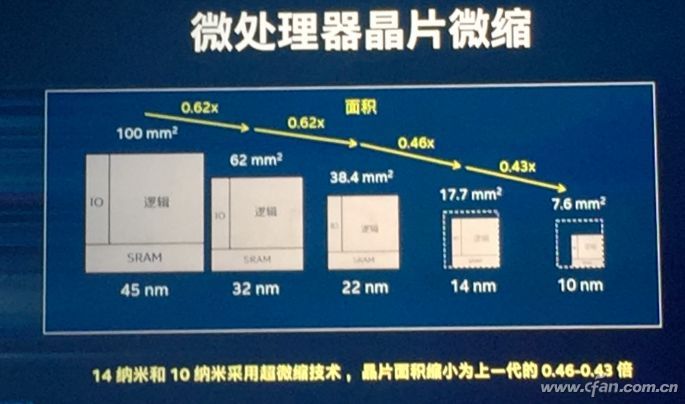
So, when people say “Intel is still on 14nm,†it’s not just about the number—it’s about how well that process is optimized. And that’s exactly what gives Intel the edge in performance and efficiency. Whether you're building a laptop or a desktop, understanding how TDP, core count, and process technology work together is essential for making the right choice.

Low Frequecny Silicon Steel Transformer,Industrial Control Transformer,Ei35Power Transformer,Line Frequency Transformer
IHUA INDUSTRIES CO.,LTD. , https://www.ihuagroup.com